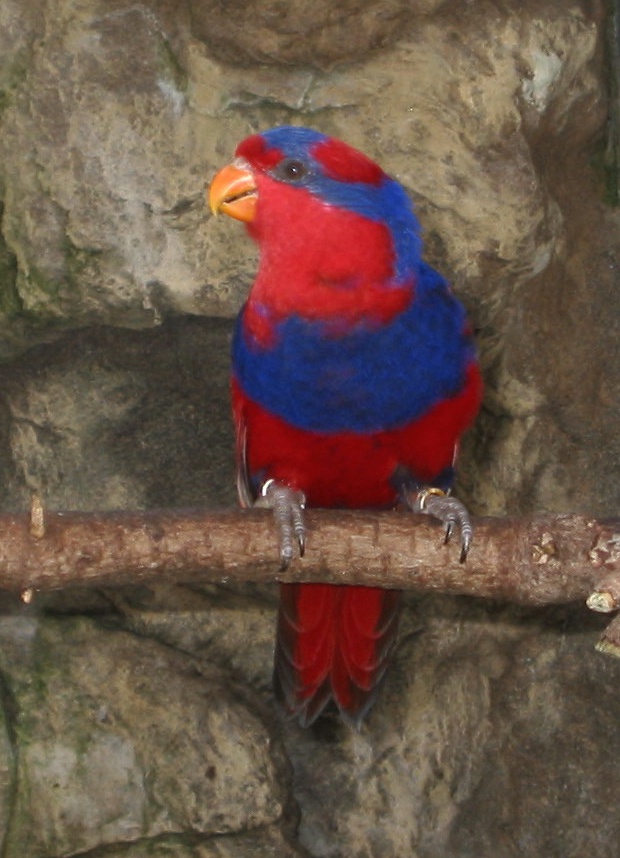Meet the captivating avian wonder that has earned the moniker “Winged Jewel of Indonesia.” The red-and-blue lory (Eos histrio) stands as a beacon of vibrant beauty, boasting a resplendent plumage dominated by hues of red, blue, and purple. With its alluring appearance and unique characteristics, this small bird has captured the hearts of enthusiasts and conservationists alike.




The red-and-blue lory’s captivating appearance has led to its unfortunate capture for the pet trade, a practice that has persisted since the 19th century. Although it is a non-migratory species, these parrots are known to fly between neighboring islands in search of food. To combat the various threats it faces, extensive conservation efforts are underway. The species is fully protected, and endeavors to safeguard its population continue, ensuring that this magnificent bird retains its place in the natural world and avoids the brink of extinction.




The red-and-blue lory stands as a symbol of Indonesia’s natural beauty and biodiversity, capturing our imagination with its vibrant hues and unique characteristics. While challenges loom, our collective efforts can make a difference in securing the future of this winged gem. Through continued conservation initiatives, public awareness, and responsible actions, we can ensure that the red-and-blue lory continues to grace Indonesia’s skies, perpetuating its legacy for generations to come.



